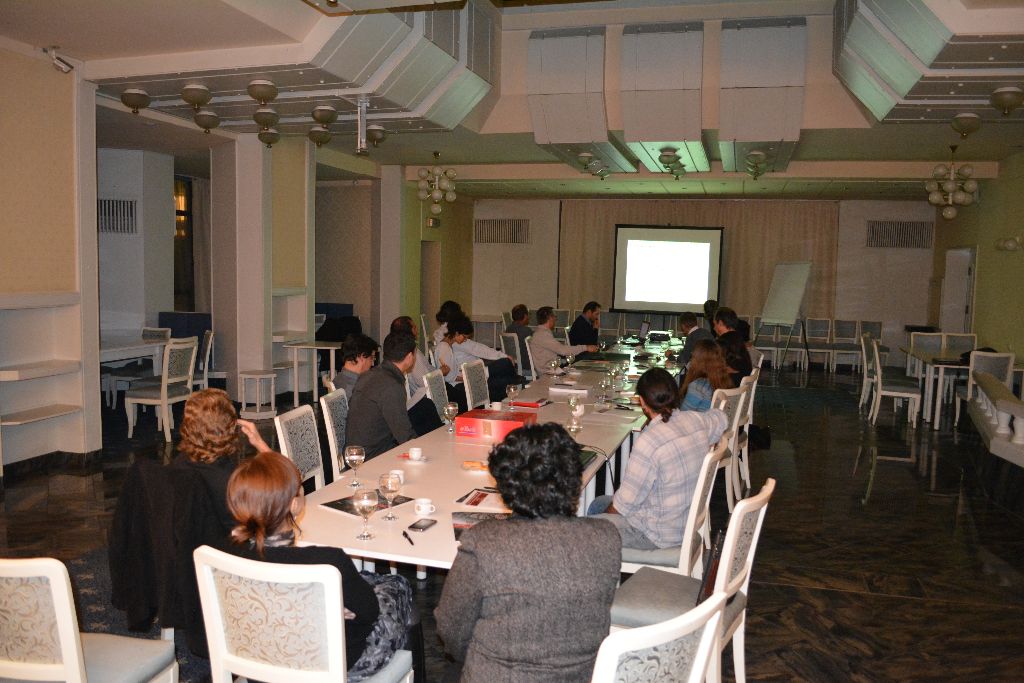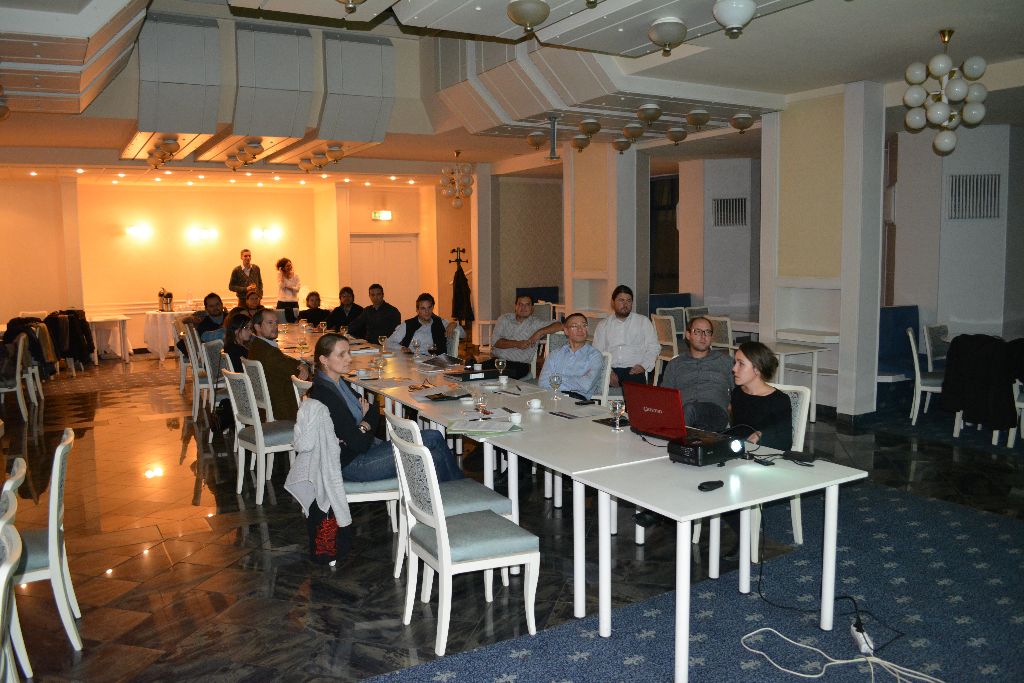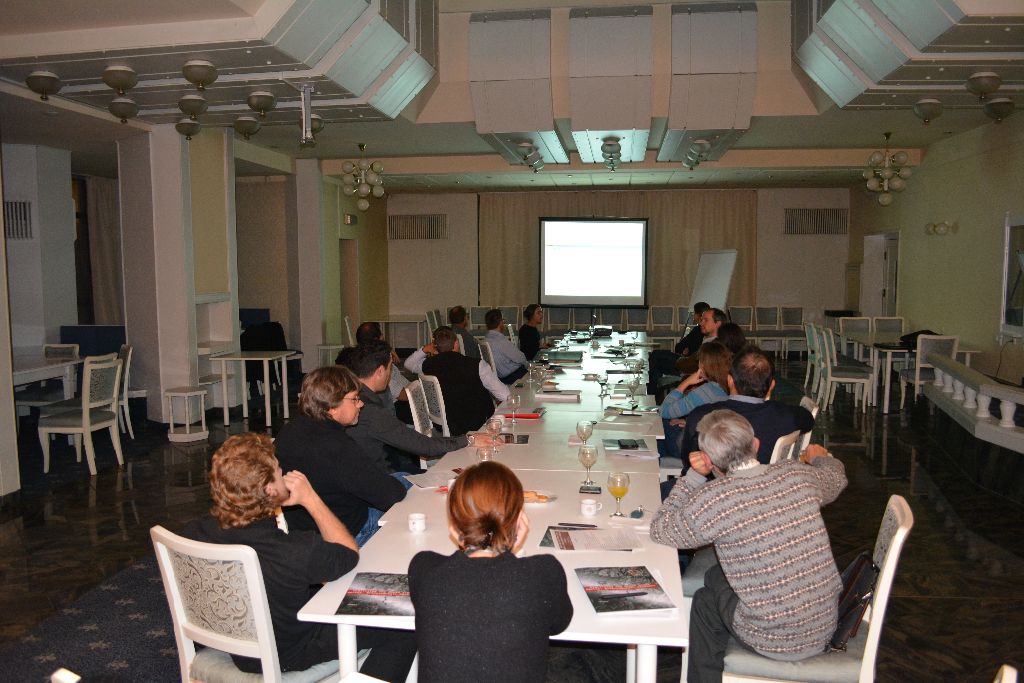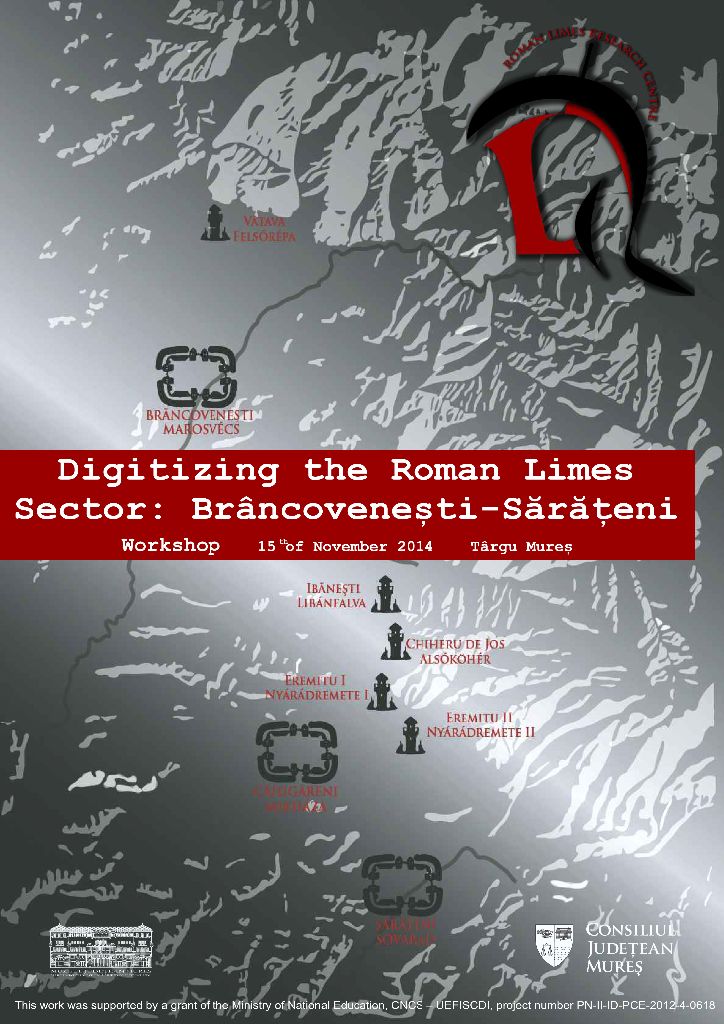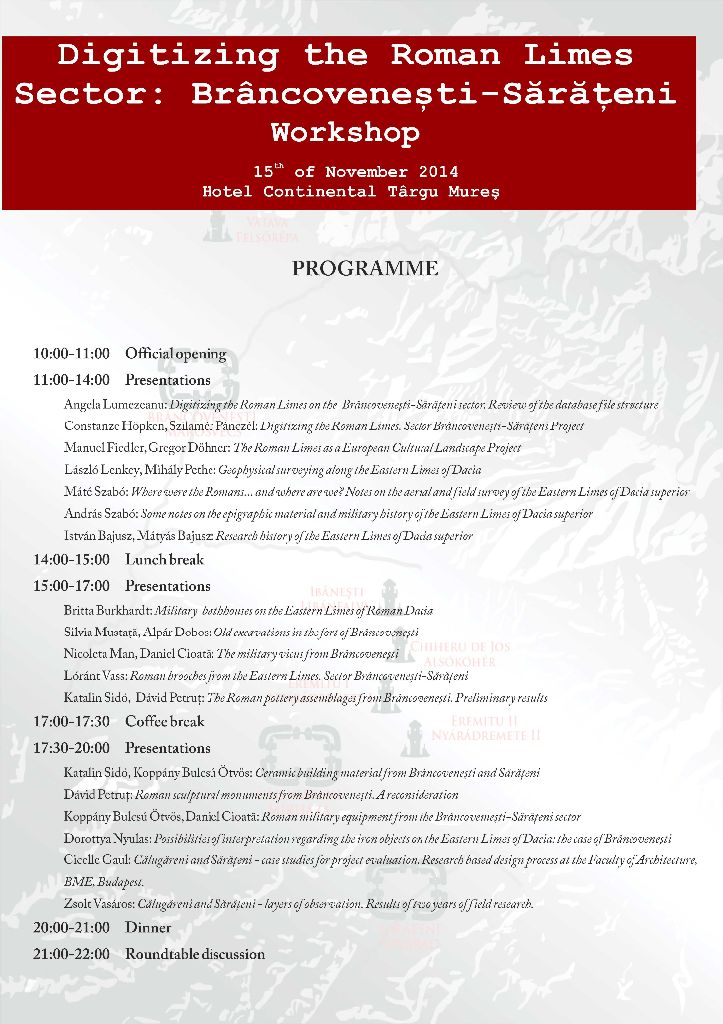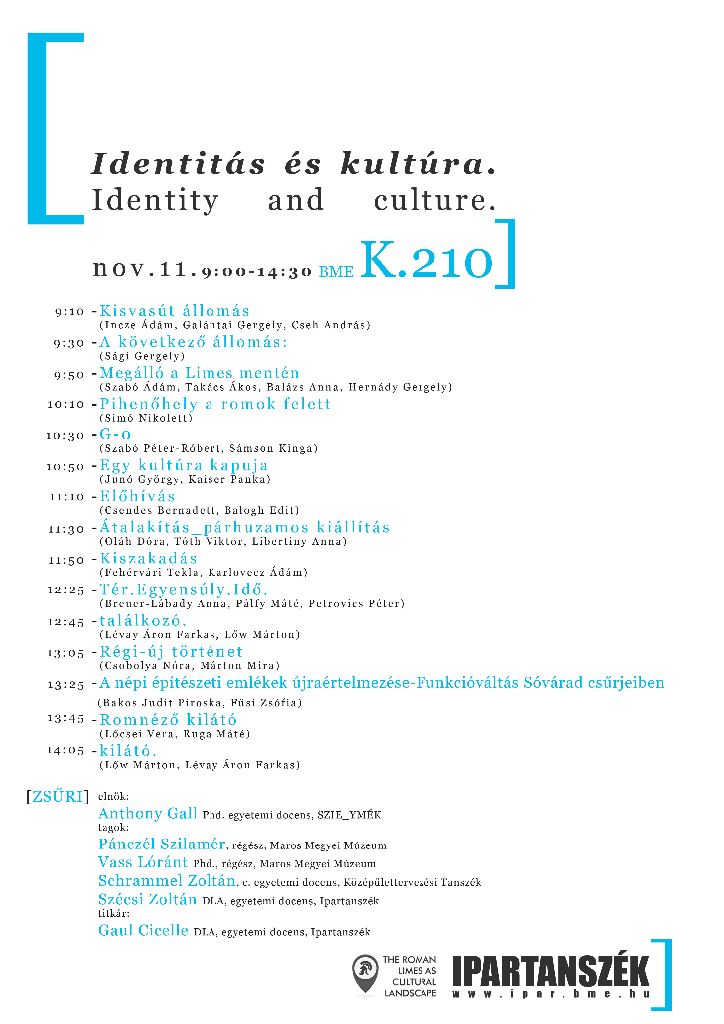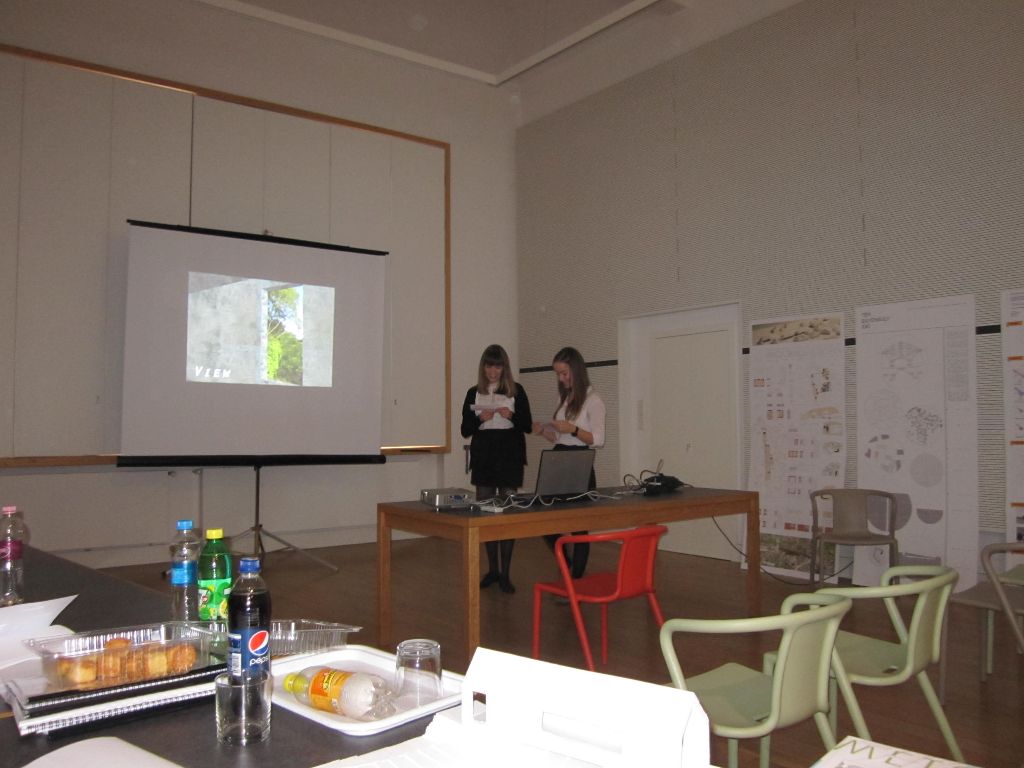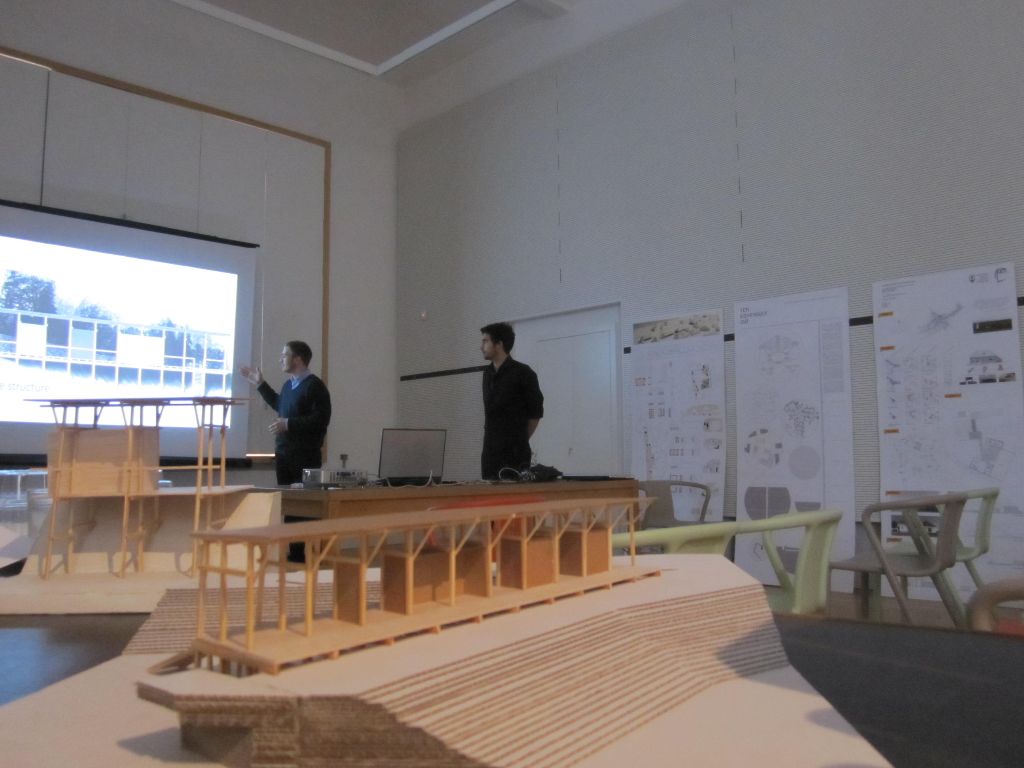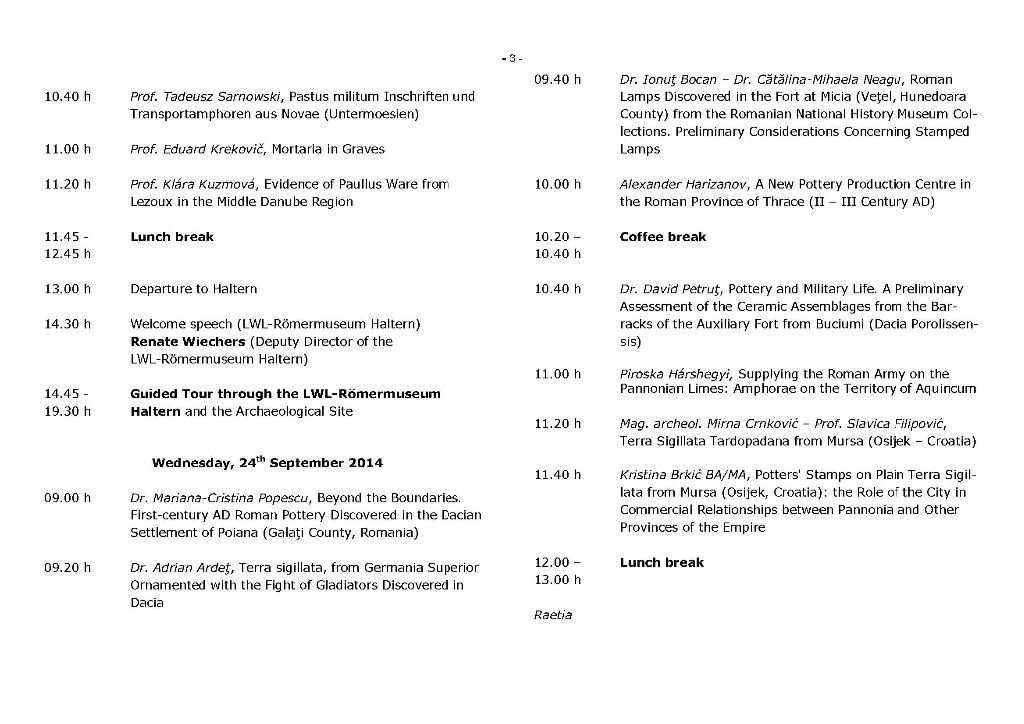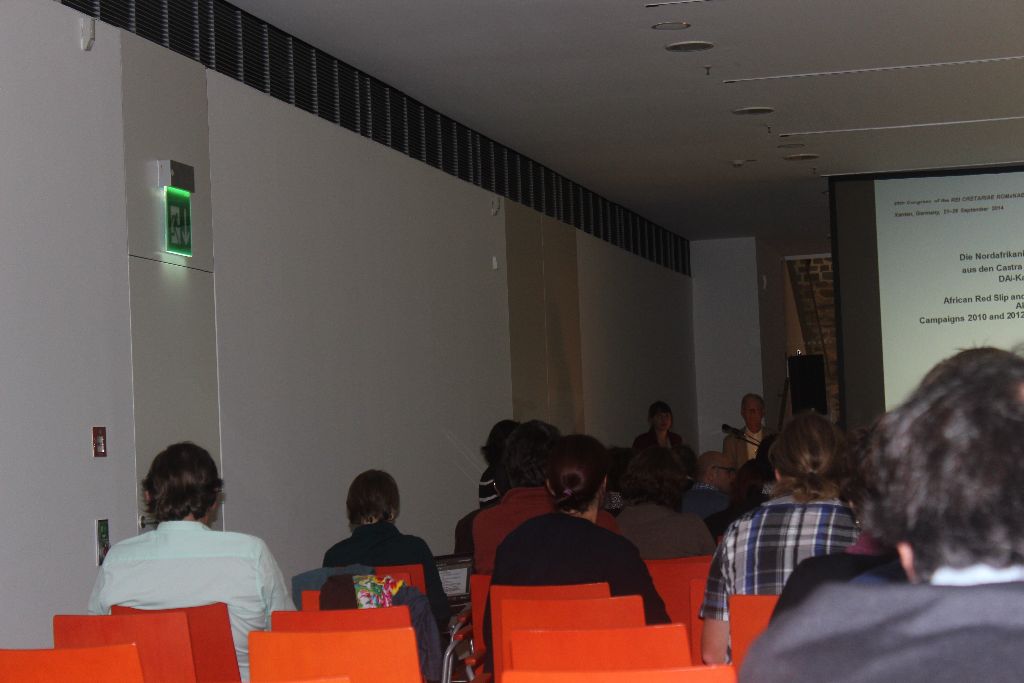Presenting interdisciplinary results on the next level: ESAS 2016
Lately, the XRF and FTIR spectroscopic investigations of iron slag finds from Brâncovenești, Călugăreni and Vătava (mentioned in the previous post) were amended by ICP-OES (inductively coupled plasma optical emission spectrometry) and completed with EPR (electron paramagnetic resonance) analysis.
These new results had to be made public, and we found just the right place for this: the European Symposium on Atomic Spectrometry, held in the beautiful town of Eger, Hungary, between the 31st of March and the 2nd of April, 2016. The paper was presented in the form of a poster, by one of our team-members.
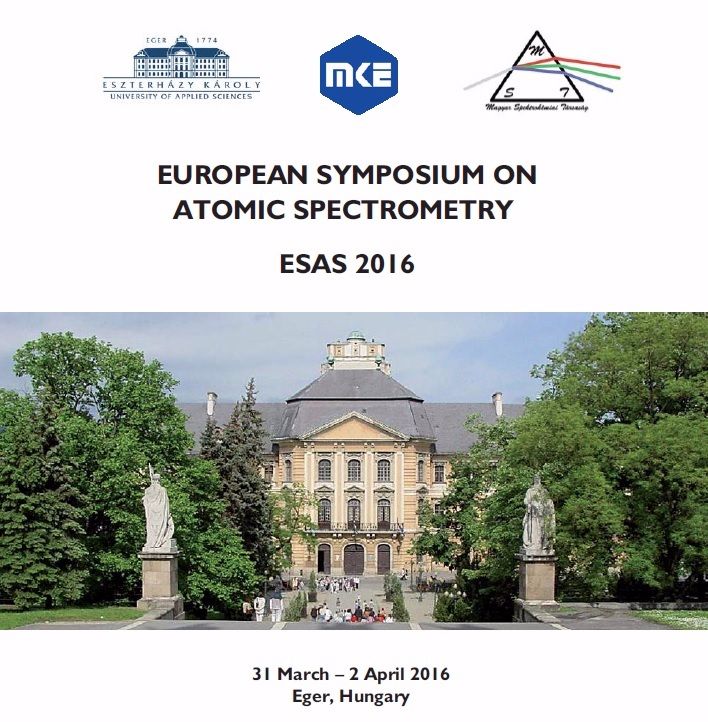
The scale of the conference was quite impressive, uniting around 200 of the top researchers of atomic spectrometry from all over the world.















